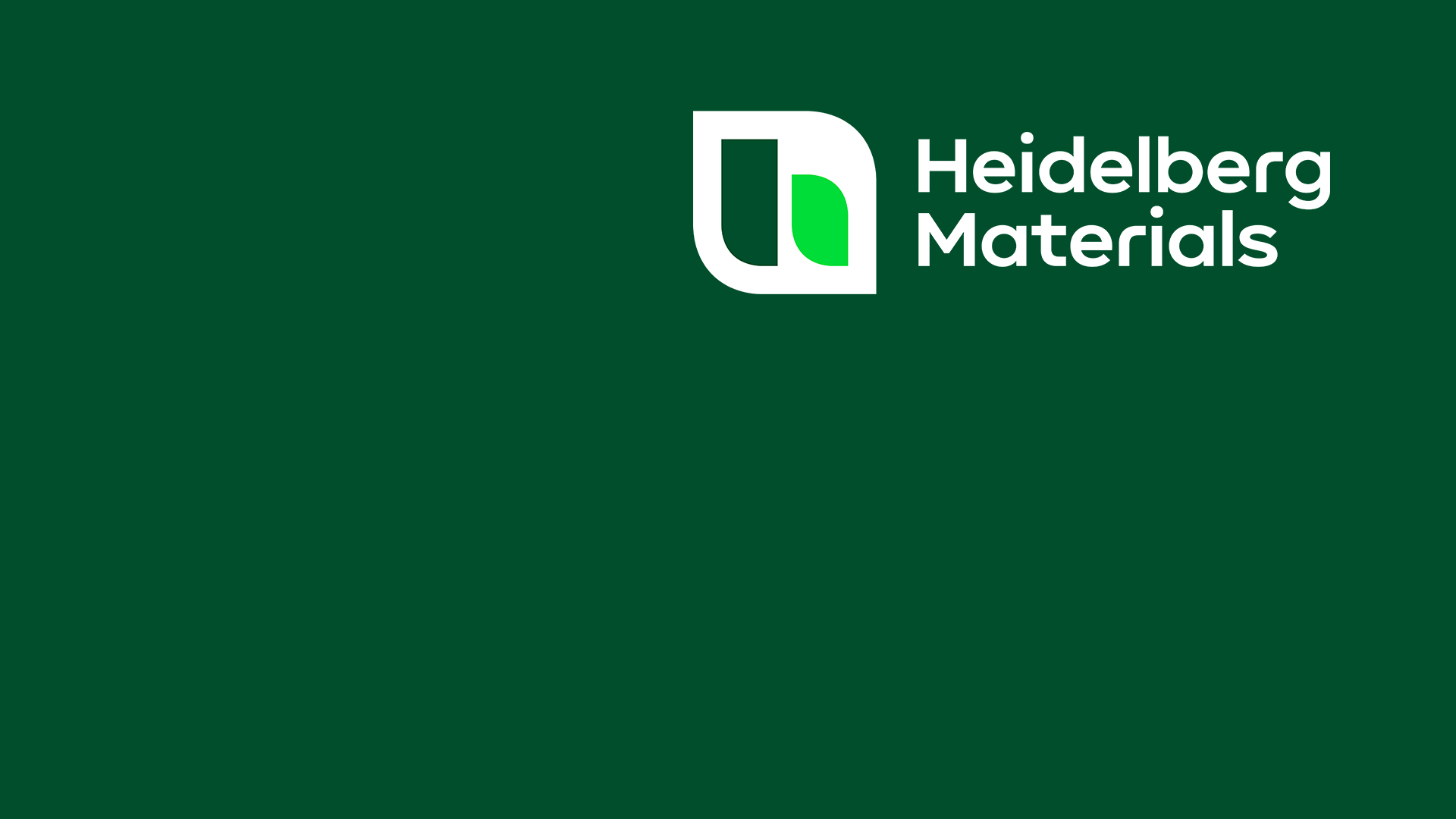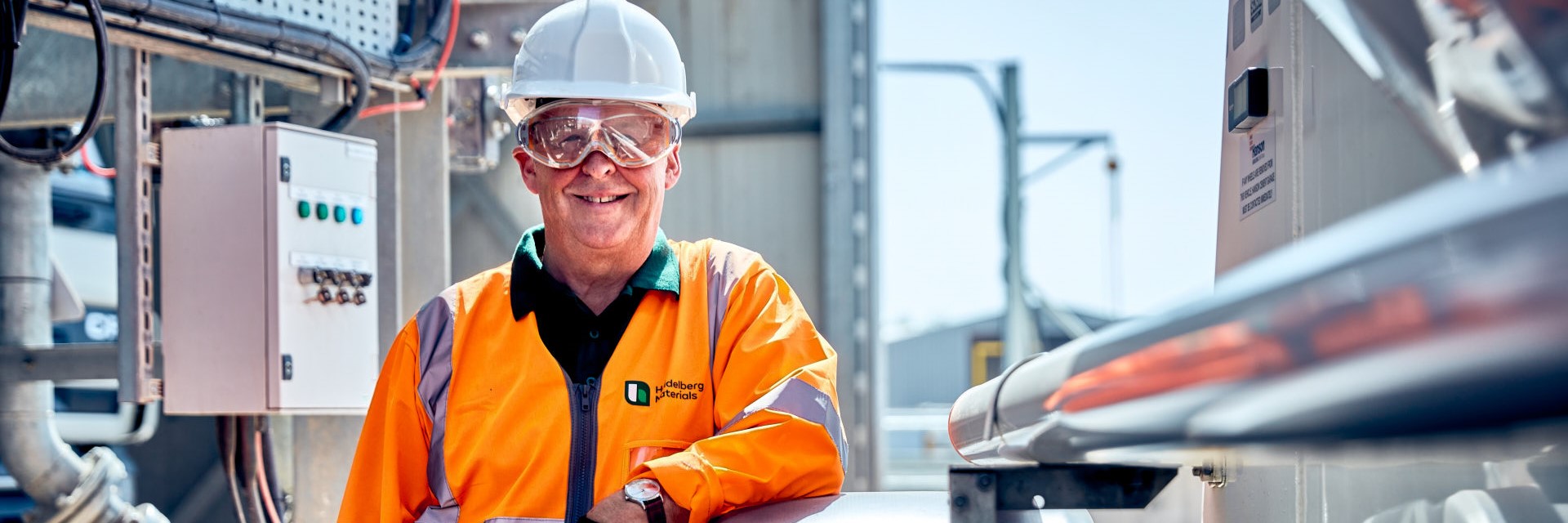Regen durability
Using Regen as a cement substitute in concrete increases its durability and resistance to deleterious reactions.
Resistance to deleterious reactions
Sulfates occur naturally in the ground and can sometimes have a harmful effect on concrete, causing it to crack and disintegrate. The main reactions are known as ettringite and thaumasite. The use of Regen in concrete greatly increases resistance to sulfate attack. This is well recognised by codes and standards. In the latest version of the British Standard for concrete (BS 8500), the only option recommended for the most severe sulfate exposure is a concrete with a cement replacement of at least 66 per cent GGBS.
Ettringite - The primary sulfate reaction that causes disruption of hardened concrete is associated with one of the minor compounds in Portland cement, tricalcium aluminate. This can combine with sulfate ions that have penetrated the concrete and form a new hydrate (ettringite), which occupies a volume greater than the original constituents. This generates high internal stresses in the concrete that can cause it to crack and disintegrate.
Thaumasite - Another form of sulfate attack, called thaumasite attack, has been recognised as a problem after the discovery of its effects on some M5 motorway bridges. Thaumasite is a product, which forms at temperatures below 15°C through a reaction between cement paste hydrates, carbonate and sulfate ions. Its formation reduces the cement paste to a soft mulch, undermining the concrete's durability and stability.
Alkali-silica reaction (ASR) - A reaction between the hydroxyl ions in the pore water within a concrete, and certain forms of silica which are present in some aggregates. This produces a gel which imbibes pore fluid and expands; this expansion induces internal stress of such magnitude, that it causes extensive cracking of the concrete, known as map cracking. The damage occurs in parts of the concrete structure exposed to moisture. Regen significantly reduces the risk of ASR occurring and with some reactive aggregates is the only recommended preventative measure. The resistance of Regen to ASR is a function of the reduced available alkali and the refined pore structure.
Chloride attack
Chlorides damage concrete by breaking down the passive layer that protects steel reinforcement. This layer is formed on the surface of the steel as a result of the high alkaline environment produced by hydrating cement. Certain types of concrete are more vulnerable to attack because it is easier for the chloride ions to reach the steel reinforcement. When CEM I Portland cement hydrates, the resultant pores are relatively large and can easily allow chloride ions to penetrate into the heart of the concrete and attack the embedded metal. The result is rapid corrosion of the steel reinforcement which can take the form of localised pitting or general corrosion. To prevent the penetration of chloride ions, a dense concrete of very low permeability needs to be produced and this can be achieved by incorporating GGBS. Where structures are subject to attack from chlorides from an external source, a minimum of 50 per cent GGBS should be used, with a higher proportion used in areas where high levels of chlorides will be encountered.
Heat of hydration
The hydration of cement is an exothermic reaction. The use of Regen reduces the heat of hydration. High temperatures in concrete can generate stresses that could result in early-age thermal cracking. This cracking is known to have caused issues with some structures, so the use of Regen is recognised as an effective solution to the problem. Minimising heat of hydration to reduce thermal cracking is of critical importance in mass concrete pours. Regen was used successfully in the construction of The Shard in London, the UK’s largest ever concrete pour. The percentage of Regen used directly affects the heat of hydration; a replacement level of around 70 per cent is recommended for large pours. A temperature reduction of up to 40 per cent can be achieved with a 70 per cent replacement level.
Setting times
Concrete produced with a proportion of Regen has a slightly longer setting time than cement-only concrete. In practice, these extended setting times give greater opportunity for working the concrete, and provide more flexibility on site to compensate for any delivery delays or adverse working conditions. Concrete with a cement content containing 50 per cent Regen will have a setting time of approximately half an hour longer than cement-only concrete, although this can be affected by the water/cement ratio and ambient temperature. We recommend carrying out tests to ensure the correct mix ratios.


